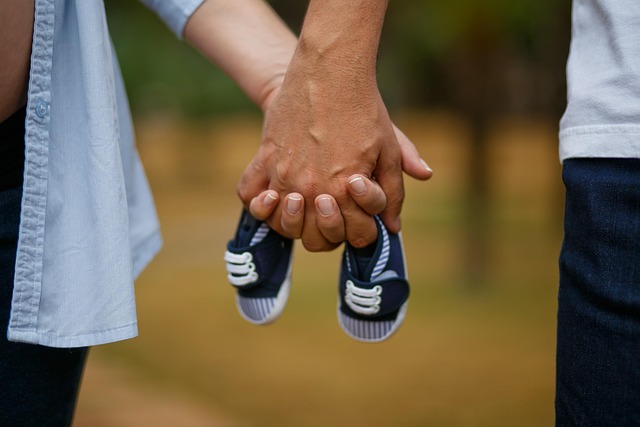In America, the issue of mass shootings occasionally erupts into our collective consciousness, with tragic reminders echoing through time. Names like Columbine, Fort Hood, Sandy Hook, and Aurora evoke grief and horror, often associated with towns that are typically seen as safe havens for families. Recently, the events in Orlando have once again shaken us, but for mothers, there was never a moment of true complacency.
After these harrowing incidents, mothers are left grappling with overwhelming fear. The moment a child enters our lives, a piece of our hearts is set free into the world. We don’t fear for ourselves; we fear for our children. The victims in Orlando were once cherished children, and one can only imagine the anguish of their mothers as they desperately tried to reach them, only to be met with silence. This is the ultimate nightmare for any mother: the image of a child alone, injured, and in pain. As mothers, we live in a state of terror.
This terror is precisely what those who commit such acts—like Jason, Marissa, and other infamous names—aim to instill. They are, in essence, perpetrators of terrorism. While we may strive to resist their psychological grip, the emotional impact is undeniable. We are left feeling terrorized, acutely aware of the fragility of what we hold dear.
Our anxiety permeates everyday activities. In shopping malls, we question the safety of those cart-like vehicles our children ride in. Would they offer any protection? In stores like Target, we contemplate whether we could hide among the clothing racks, perhaps even fashioning a makeshift tourniquet from fabric if the need arose. In places like Walmart, the thoughts invade our minds: could we keep our children quiet enough to remain undetected?
At the movies, where tragedy has struck before, flimsy seats seem inadequate against potential violence. In churches, the fear of an armed attack lurks in the shadows, prompting thoughts of shielding our children with our own bodies. For those of us who are people of color, the fear intensifies, imagining a targeted attack simply because of our skin. If LGBTQ+ parents, the dread of violence at events like Pride parades is palpable, leaving us feeling vulnerable amidst the crowd.
Sending our children to school is fraught with anxiety. We remember how kindergarteners practice active-shooter drills, reflecting on the tragic events at Sandy Hook. As we send our high schoolers off, memories of Columbine resurface, making us question the readiness of teachers to act in time.
Each outing becomes a mental exercise in risk assessment. Angry individuals with firearms have taken their place among our concerns about accidents and other dangers. Our minds race, unable to find peace, consumed by the need to protect our children at all costs. This ongoing terror is exhausting and relentless, yet mothers continue to venture into the world, refusing to let fear dictate our lives. We do not shelter our children behind locked doors; we won’t allow terror to win.
In summary, the emotional landscape for mothers in today’s society is dominated by fear stemming from potential violence. We remain vigilant and resilient, even as we navigate everyday spaces that can feel threatening. Resources such as this informative article on home insemination, or the authoritative guide on intracervical insemination, can provide valuable insights for those pursuing motherhood. Additionally, ACOG’s resource on treating infertility can be beneficial for prospective parents.
Keyphrase: motherhood and fear
Tags: [“home insemination kit”, “home insemination syringe”, “self insemination”]
